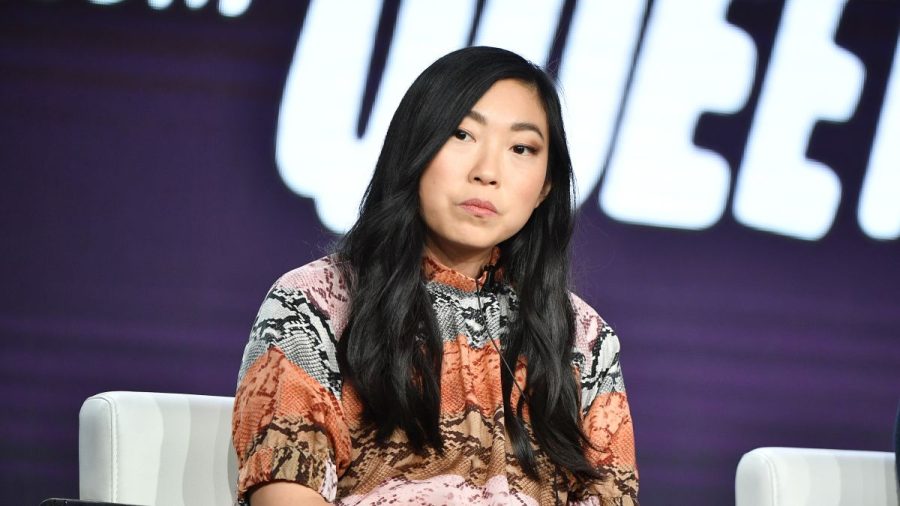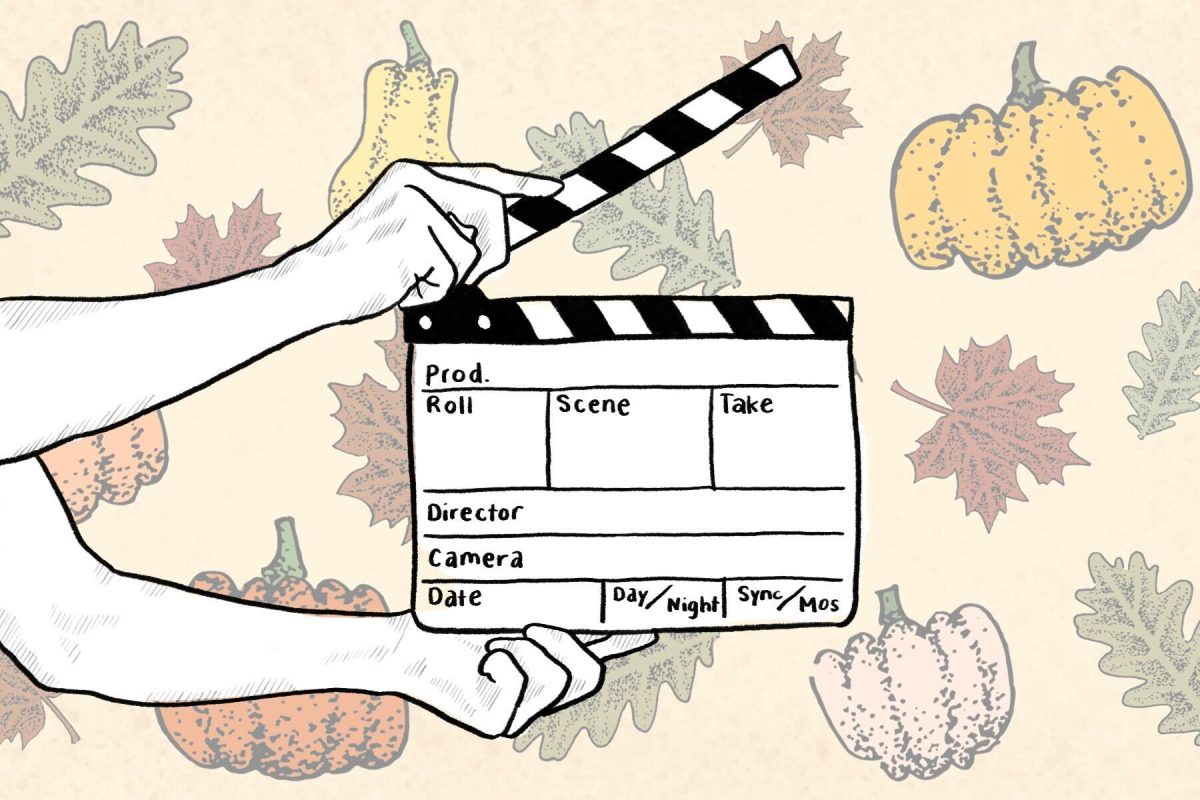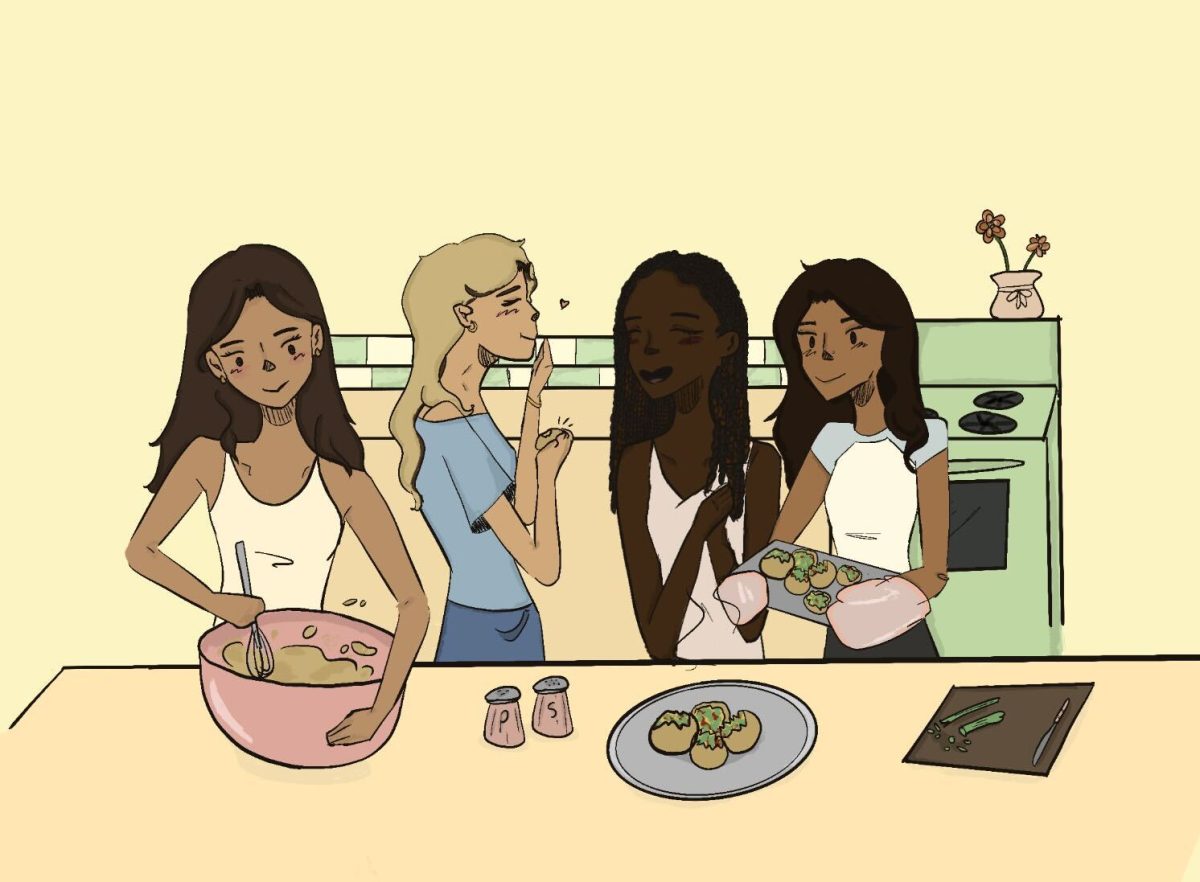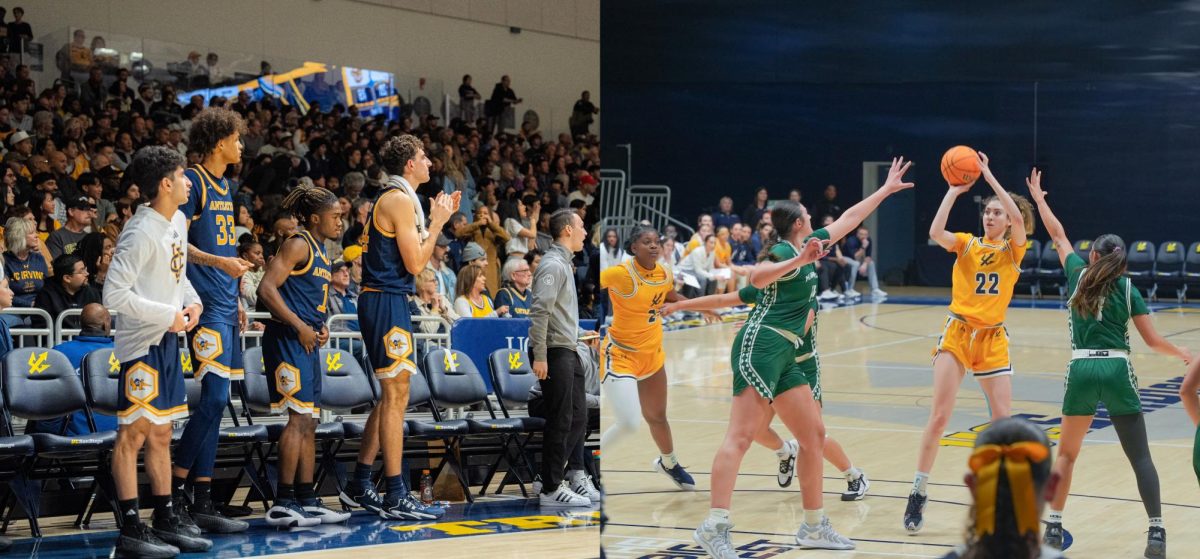Awkwafina is Not Sorry
Feb 13, 2022
On Feb. 5, Nora Lum, more famously known as Awkwafina, released four screenshots of her notes app on Twitter to address criticism surrounding her use of African-American Vernacular English (AAVE). Her written statement consisted of a total of 347 words and not one of them was “sorry.” Twitter user @theNiaLangley capsulized it best when she tweeted: “You see no apology because Nora is not sorry.”
This isn’t the first instance where Lum failed to adequately address her use of AAVE — in an interview with CinemaBlend during the “Shang-Chi” press tour, the actor was asked to address comments surrounding her mannerisms and vernacular. She struggled to formulate a coherent answer, telling Reuters that she’s “open to the conversation” and that the topic is “really something that is a bit multi-faceted and layered.”
Her tweet (and the refusal to recognize her statement as an apology is deliberate) similarly follows this familiar vein of deflection. Within the first page of her statement, Lum immediately opens up on the defense and attempts to deflect accountability under the false premise that people of color are not capable of taking part in cultural appropriation — which is simply not true. She explicitly places an emphasis on “dominant” by placing asterisks on both ends of the word, writing that the African American community have “historically and routinely seen their culture stolen, exploited and appropriated by the *dominant* culture” (referring to white people) in a feeble pursuit to bypass her own appropriative behavior as an Asian American woman.
Lum has an extensive documented history of donning Black culture to dress her comedic and acting roles, swathed tightly within the persona she constructed for herself as Awkwafina until that character no longer serves to benefit her professional career. Her appropriation of AAVE is evidently interwoven within the very fabric of her most prominent roles, with characters Peik Lin in “Crazy Rich Asians” and Constance in “Ocean’s 8” most famously epitomizing this phenomenon.
“I’m not like her at all,” Lum said to The New Yorker’s Jiayang Fan in reference to her character Peik Lin, who can be observed adopting an exaggerated version of the “blaccent” throughout the film. “You gon’ roll up to that weddin’ and be like ‘bawk bawk, bitch,” Peik Lin advises Rachael in one particularly resonating scene, employing a loose wrist, and bobbing neck and index in order to cement her point. In the same interview, she compares both herself and her character Constance to be “scrappy, die-hard hustler[s] from Queens.”
And this is the bedrock upon which Lum was able to formulate a context that partially alleviated her from repercussions of her cultural exploitation: Awkwafina plays into the trope of a struggling immigrant who grew up in the “hood” in order to explain her inconsistent vernacular. In her Twitter statement, she repeats this excuse, writing, “My immigrant background allowed me to carve an American identity off the movies and tv shows I watched, the children I went to public school with, and my undying love and respect for hip hop.” Lum’s hometown of Stony Brooks boasts an impressive population statistic of 86.83% white, 9.41% Asian, and 2.25% Black.
In her Vulture article “Who Really Owns the ‘Blaccent’?,” Lauren Michele Jackson succinctly explains how Lum is able to find success through her specific caricature of black culture: “certain profiles borderline fetishize the Awkwafina backstory, as if the idea that an Asian-American woman who grew up in Forest Hills […] loves rap is too absurd to be true.” There certainly exists a strange cultural sensitization inevitably waiting to be had at the sight of an Asian American immigrant attempting to model a culture that is often perceived to be its direct antithesis in regards to the ethnic stereotypes (needless to say, both categorizations uphold white supremist values, and there are more nuances within this thread of conversation than the length of my rambling article allows).
But unlike Lum, Black people cannot stop the way their physical appearance alters the way they are perceived, cannot stop being Black, when their next potential roles call for a more serious deposition — a coded and problematic association in itself. They must, for the reminder of their lives, exist under the ceaseless panopticon of social oppression that is signified by their skin tone. The hyperbolic exaggeration of black culture by non-black individuals relies on the premise that the very existence of Black people is the punchline. Their vernacular, body language, and culture, are made mockery of by those like Nora Lum who reap the benefits from this appropriation, whether or not the motive to imitate was set in malice.
Richard Schur further explores the concept of cultural colonialism in Duke University Press’s journal in “Are You Entertained? Black Popular Culture in the Twenty-First Century,” where he writes that the “consumption [of African American culture] has not necessarily translated into either improved cross-cultural communication or enhanced status or wealth for many African Americans.” Former “American Bandstand” (a teenage television program that aired from the 1950s to the 1980s) dancer Jimmy Peatross recalls his own experience as a Black man in the entertainment industry. Peatross grappled with the disparities between the mainstream enjoyment of black culture from non-black communities and the effective erasure of the culture’s origins, stating “young America watched and danced with enthusiasm, oblivious to the debt of gratitude owed to the black community.”
But the gravity of cultural appropriation, the magnitude of the racial effacement doesn’t stop there. Namely, this echoing historical pattern has, and continues to, actively exploit black cultural practices and labor for profit. In his song “The Anthem,” Eminem wrote “I am the worst thing since Elvis Presley / to do black music so selfishly / and used it to get myself wealthy / Hey, there’s a concept that works.” Here, he explicitly references artists like Presley who regularly stole from black artists without facing retributions for his appropriation, and admits his own complacency within this long-standing dynamic.
It was actually “Big Mama” Thornton who first recorded the hit “Hound Dog” before it became popularized by Elvis. Bob Marley wrote “I Shot the Sheriff” in 1973, a full year before Eric Clapton re-recorded and garnered acclaim for the track. A fourteen-year-old African American dancer from Atlanta named Jalaiah Harmon is the original choreographer of the Renegade, one of the biggest dance trends ever created on the internet — but none of them received proper recognition in the public eye. And the list goes on and on and on.
Lum had years to draft a decent apology and the best response she was able to give to the Black community was four screenshots of her iPhone notes app that failed to reach the actual thesis or touch productive discourse beyond the most basic surface level observations about the experiences of Black people living in America. Nora, yes, obviously the African American community is disproportionately affected by institutionalized policies — how have you, intentionally or not, upheld those standards? How does anti-blackness in the Asian community further contribute to this demonization and fetishization of black culture in America? How can you mention that the African American community has “historically and routinely seen their culture stolen, exploited and appropriated” while simultaneously omitting your own role within this dynamic? In what ways have you personally benefited from the very same appropriation you write so venemitely about?
Ironically, Lum concluded her official statement with “And though I’m still learning and doing that personal work, I know for sure that I want to spend the rest of my career doing nothing but uplifting our communities. We do this first by failing, learning, acknowledging, hearing and empathizing… And I will continue, tirelessly, to do just that.” A few hours before Lum announced her retirement from the “ingrown toenail that is Twitter,” user named @jonahsahn responded to Lum’s statement with a series of tweets that read: “why did it take so long to say this, especially when you knew the conversation on you existed […] Thanks for talking about it now by posting these screens, but who […] are you going to have *the conversation* with? To process all of this?” Lum’s response was to block him.
Photo courtesy of Getty Images.

















Arman • Mar 10, 2022 at 10:11 pm
She didn’t grow up in Stony Brook, She grew up in queens and went to hs in Manhattan. Do you research before claiming someone is creating a false narrative about their childhood peers.
hanalussd • Mar 8, 2022 at 3:41 pm
Thank U! idle mining empire
Pat • Feb 13, 2022 at 7:03 pm
Are you tied of insulting marginalized people ? Seems a person cannot open their mouth without being Told that they are wrong about something. Live and let live